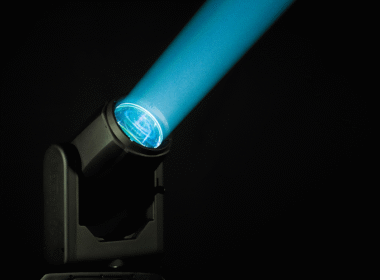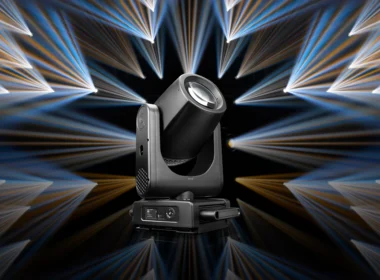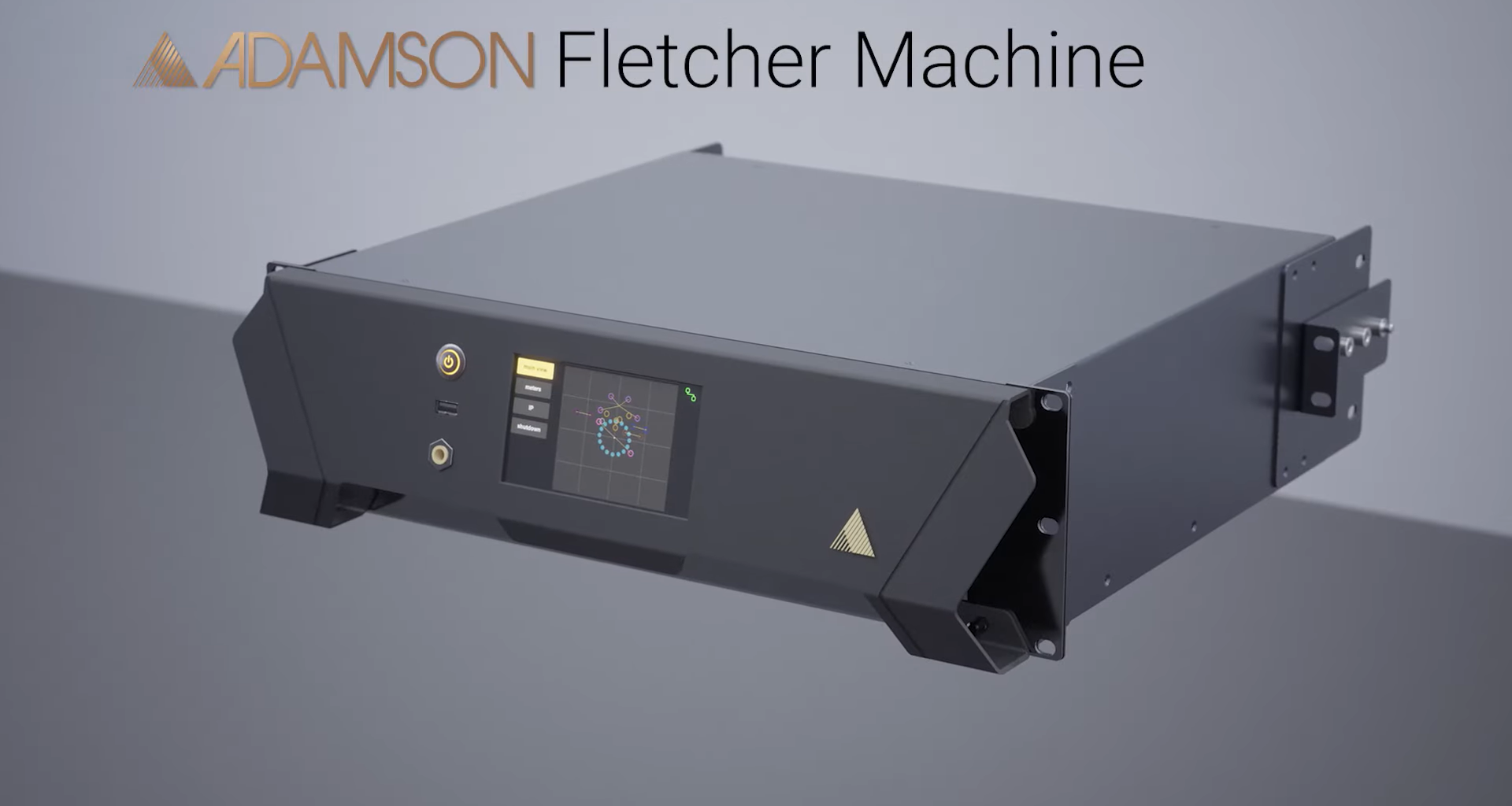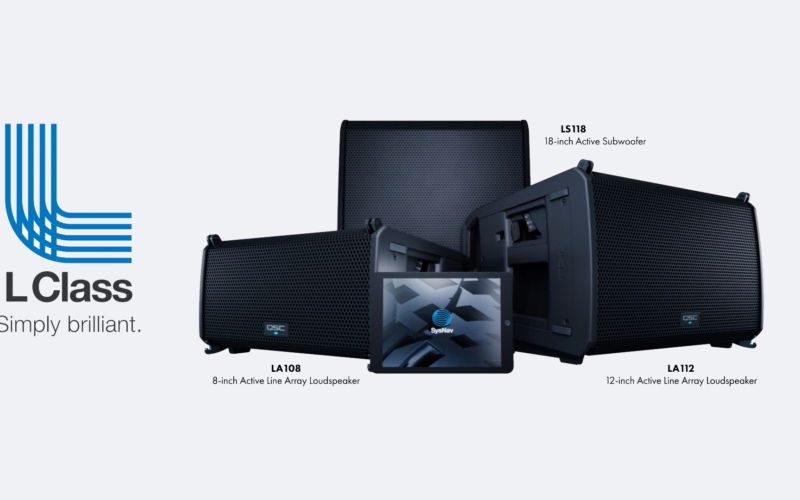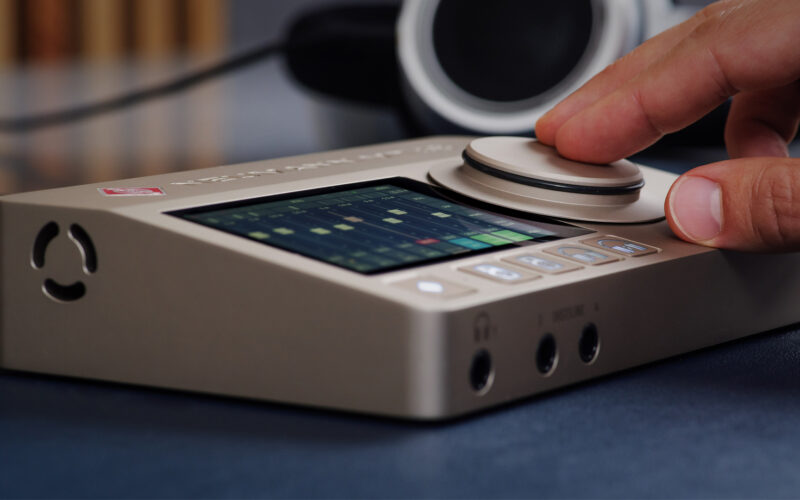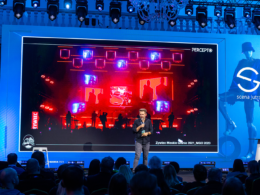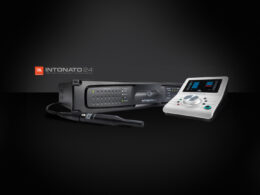The year is 2023, and it's been less than 24 years since Dolby Laboratories created a 5.1 surround sound system. Since then, the development of 3D audio has moved forward strongly especially in homes and larger cinemas. For example, Dolby Atmos technology, which you will probably hear in every new cinema, which was another milestone in the development of surround sound.
As one might expect, this development has not escaped our industry either. Although the technology itself, starting with binaural recordings, began as early as the 1970s (Holophonics), it seems that the first real processor of this type used was TiMax 1, then Meyer Sound SpaceMap, but the real milestone in the development and popularization of imaging technology was set by L-acoustics in 2016 with the L-ISA processor. Moments later, SpaceMap Go, D&B SoundScape or Coda Audio Space Hub were presented.
Missing from this entire list until now was a product from Canadian brand Adamson Systems Engineering. After all, in June 2022, the Canadians presented a processor with the graceful name Adamson Fletcher Machine. And as they say, better late than never.
Fletcher Machine technologically is not particularly different from the rest of the competition. The premise is similar: Lots of speaker clusters on the front, speakers on the sides and back, and in the 3D option even over the heads of the listeners.
Adamson has instead focused on scalability. The processor can be purchased in two basic versions, Stage and Traveller, each of which has two options. The primary differences are:
Traveller Entry: 32in / 32out / 4 layers / 8 VCA
Traveller Full: 64in / 32out / 6 layers / 8 VCA
Stage Standard: 64in / 64out / 8 layers / 8 VCA
Stage Extender: 128in / 128out / 12 layers / 16VCA
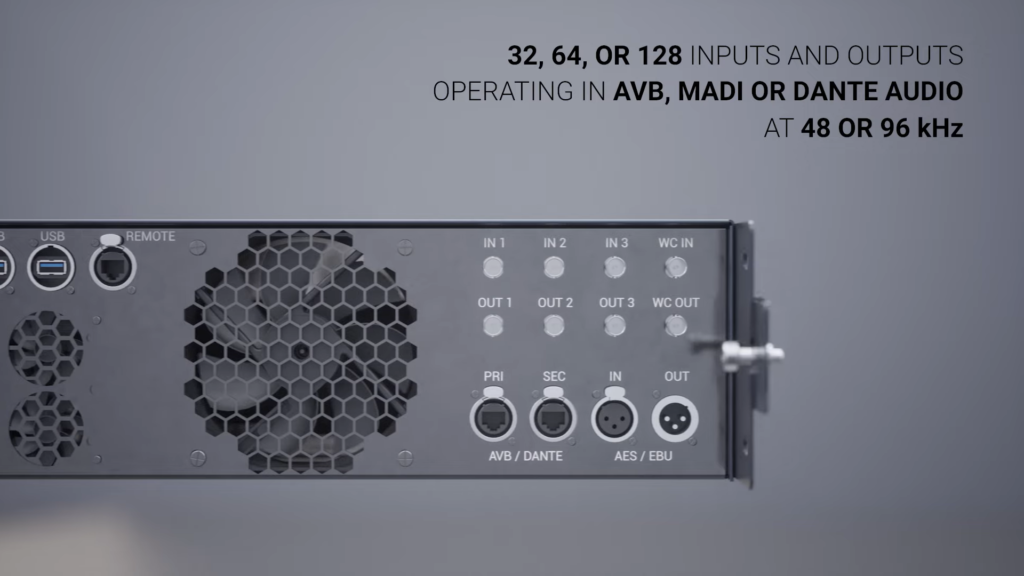
So the Canadians gave customers the opportunity to choose a processor to suit their budgets and needs. From the basic technical parameters, it is worth noting the ultra-low latency of 1.33ms (although here it should be noted that the manufacturer in the largest version of the processor in the table with latency inserted an asterisk - a printing error or do they have something to hide?), as well as a wide range of accepted audio formats: Dante / AES67 / AVB / Madi, with sampling rates up to 96khz.
For this, the manufacturer has taken care of the corresponding software. Virtual Adamson Fletcher Machine (vAFM) is the equivalent of L-ISA Studio, allowing users to get acquainted with the new technology, albeit in a severely limited version: 24in / 12 out / 2 layers and 12ms latency. However, this should be enough to familiarize yourself with the operation of the Fletcher Machine system and then be able to operate smoothly on the AFM Remote - which is the software that controls Adamson's processors.
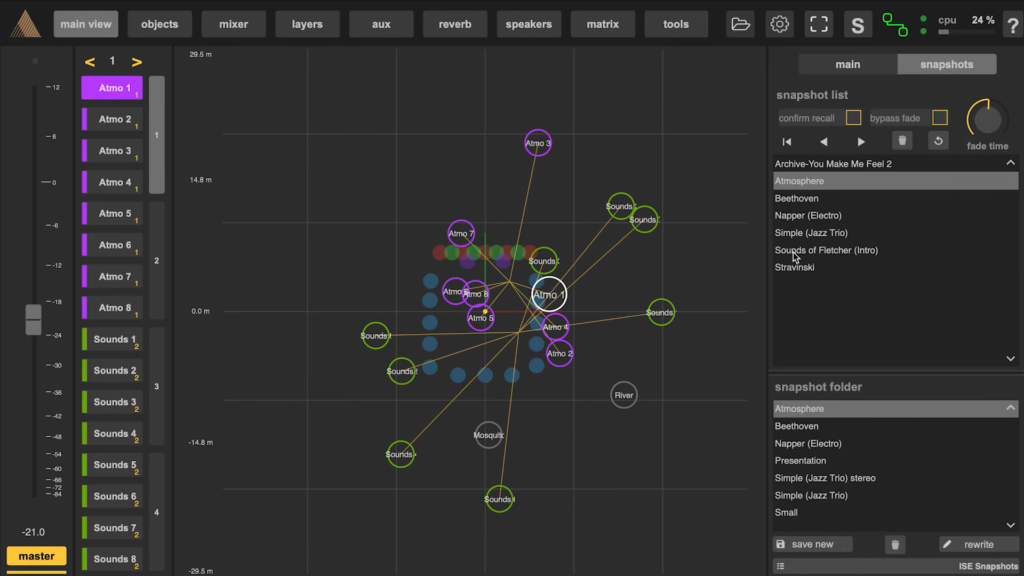
Adamson hasn't neglected the DAW world, providing the Adamson Fletcher Machine VST Control plug-in, allowing you to program already in the DAW the trajectory of sounds and their placement in space in situations where you rely primarily on playback sound (such as the increasingly popular immersive exhibitions).
Last but not least, there is already working integration with TTA Stage Tracker and Cast BlackTrax tracing systems (and this is thanks to full OSC (Open Sound Control) and MIDI integration), with more companies lining up to be compatible with the Adamson Fletcher Machine.
As you can see the technology looks very good, the question is how well can you hear? Polish audiences could find out, during the "Citizens of the Republic" concert organized on March 7, 2023 in the Auditorium Hall of Krakow's ICE.
In the end, the question remains, will the Canadian version of imersion technology catch on in Poland and Europe? Adamson has somewhat slept on the subject, so I pose the question whether it will be able to make up for lost time and break through to the forefront? As usual, time will tell.
For more info, drop by the manufacturer's website.
Manufacturer: AdamsonDistributor: ProAudio AVT




